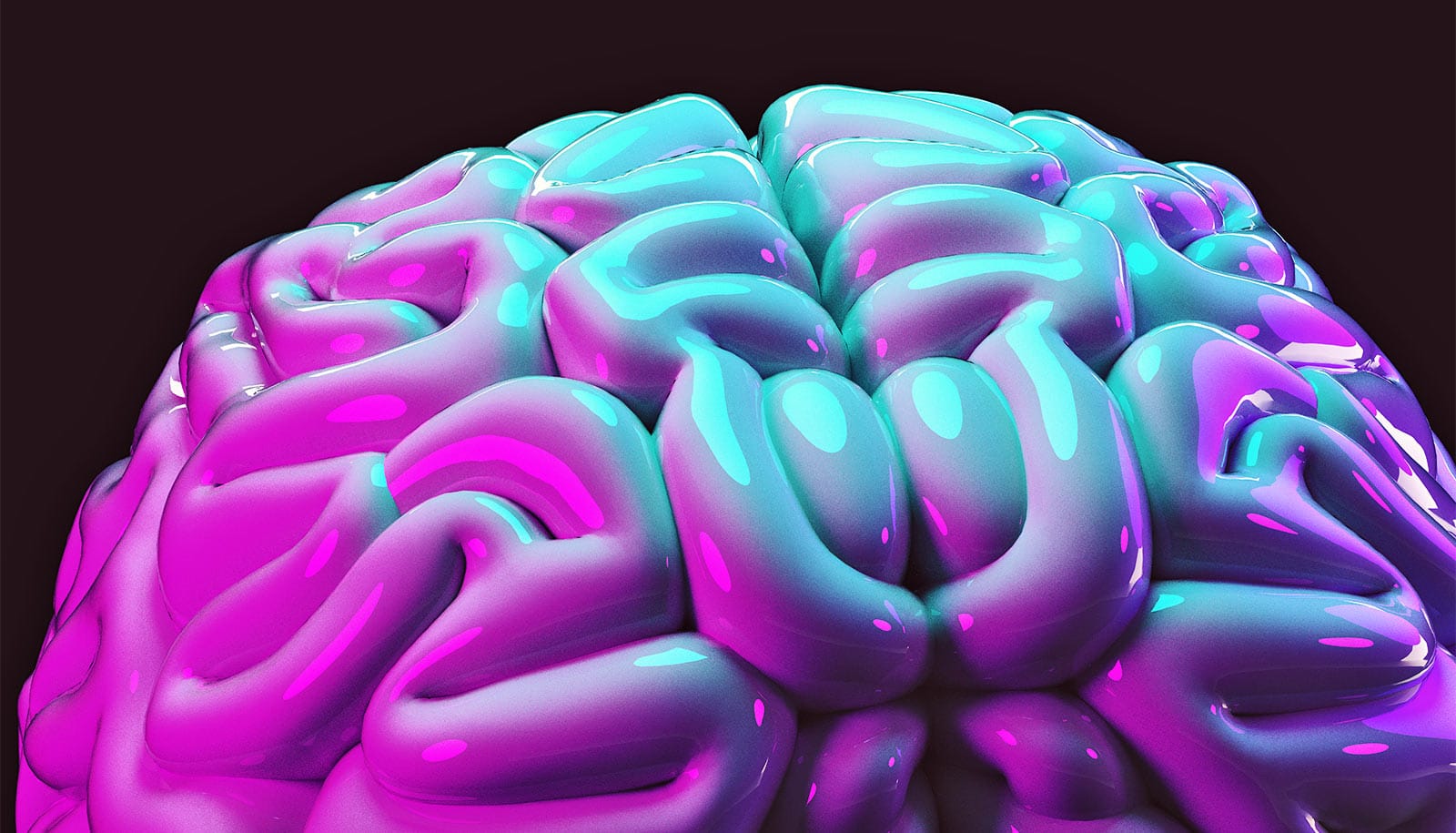A new high-density EEG captures the brain’s neural activity at a higher spatial resolution than ever before, report researchers.
The next-generation brain-interface technology—the first non-invasive, high-resolution system of its kind—offers higher density and coverage than any existing system and has the potential to revolutionize future clinical and neuroscience research as well as brain-computer interfaces, scientists say.
To test the system, researchers had 16 participants view pattern-reversing black and white checkerboards while wearing the new “super-Nyquist density” EEG. They compared the results from all electrodes to results when using only a subset of the electrodes, which is an accepted standard for EEG density.
The results, which appear in Scientific Reports, show that the system captured more information from the visual cortex than any of the four standard versions tested.
“These results are crucial in showing that EEG has enormous potential for future research,” says lead author Amanda K. Robinson, a postdoctoral fellow in the psychology department at Carnegie Mellon University and the Center for the Neural Basis of Cognition at the time of the study.
“Ultimately, capturing more neural information with EEG means we can make better inferences about what is happening inside the brain. This has the potential to improve source detection, for example in localizing the source of seizures in epilepsy.”
To create the new tool, researchers modified an EEG head cap from a 128-electrolode system, which increased its sensor density by two to three folds over occipitotemporal brain regions. They designed the experiments to use visual stimuli with low, medium, and high spatial frequency content.
Gene network is a new target for epilepsy treatments
They then used a visual paradigm designed to elicit neural responses with differing spatial frequencies in the brain and examined how the new EEG performed. The subtle patterns of neural activity uncovered by the new system were closely related to a model of primary visual cortex.
This “opens doors for utilizing higher-density EEG systems for clinical and neuroscientific applications,” says Pulkit Grover, assistant professor of electrical and computer engineering. “It also validates some of our fundamental information-theoretic studies in the past few years.
Additional researchers from Carnegie Mellon the University of Pittsburgh participated in the study. Early financial support to modify and test the new EEG came from Carnegie Mellon’s BrainHub initiative and ProSEED program. Instrumentation of the novel cap was in part funded by the SONIC center of the Semiconductor Research Corporation.
Source: Carnegie Mellon University



